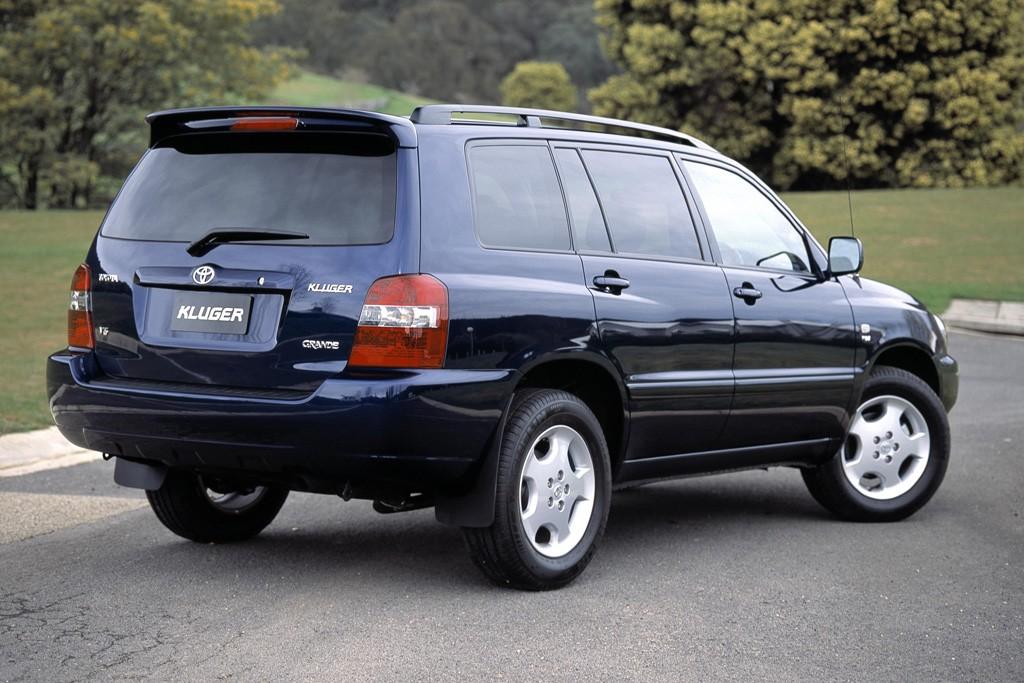Revealed: The Shocking Truth About Australia’s Ageing Car Fleet Putting Lives at Risk
The Crucial Link Between Vehicle Age, Repair Quality, and Road Safety
In an era where economic constraints are a stark reality for many, the trend of retaining older vehicles has become increasingly prevalent. This shift towards aging automobiles presents a significant challenge to road safety, given the absence of modern safety features in these vehicles. As a leading crash repair specialist, we understand the profound impact that both vehicle age and repair quality have on road safety. Through this lens, we explore the multifaceted relationship between these elements and offer insights into how drivers, repairers, and policymakers can navigate these challenges to ensure safer roads for everyone.
Understanding the Safety Implications of Older Vehicles
The average age of a vehicle in Australia now exceeds 10 years, with a sizable portion of the fleet significantly older. These vehicles, often devoid of recent advancements in safety technology, place their occupants at a higher risk during road incidents. From lane departure warnings to autonomous emergency braking, the absence of these innovations in older models underscores a growing digital divide in vehicle safety. This divide not only compromises the safety of individuals but also poses broader risks to public road safety.
The Role of Repair Practices in Ensuring Vehicle Safety
The safety of a vehicle post-accident is heavily contingent upon the quality of repairs undertaken. Incorrect or substandard repairs can severely undermine a vehicle’s structural integrity and the functionality of its safety systems. This issue is particularly critical for older vehicles, where sourcing appropriate replacement parts can be challenging, leading to potential compromises in repair quality.
As crash repair specialists, we emphasise the importance of adhering to stringent standards in vehicle repair. It is imperative to ensure that vehicles, especially those involved in accidents, are restored to their pre-accident condition, not just aesthetically but, more importantly, in terms of their safety capabilities. This commitment to excellence in repair work is vital in maintaining the safety of the vehicle on the road.
Bridging the Gap with Education and Policy
While technological advancements continue to enhance vehicle safety, economic realities often limit the ability of drivers to access newer, safer vehicles. It is here that the role of informed repair practices, alongside supportive policies and educational efforts, becomes paramount.
Incentives for Upgrading: To encourage the transition towards vehicles equipped with advanced safety features, we advocate for policy incentives such as rebates, tax breaks, or scrappage schemes. Such initiatives can significantly reduce the financial burden on individuals, making it more feasible to opt for newer, safer models.
Raising Awareness: Educating drivers about the importance of vehicle safety and the potential risks associated with older cars is crucial. Targeted educational campaigns can help illuminate the benefits of modern safety features, particularly for young or inexperienced drivers who are more likely to own older vehicles. Awareness can also extend to the significance of choosing reputable repair services that uphold the highest standards of safety and quality.
Public Transport and Road Design: Enhancing public transport options and investing in safer road designs can mitigate some of the risks associated with driving older vehicles. For regions with an aging vehicle fleet, such as South Australia, these measures are especially critical in reducing the overall road accidents.
The landscape of vehicle safety is ever-evolving, with new technologies continually raising the bar for road safety. However, the pervasive issue of older vehicles lacking these advancements, coupled with the critical need for high-quality repair practices, presents ongoing challenges. As a dedicated crash repairer, our role extends beyond mere repairs; it encompasses a commitment to ensuring that every vehicle we restore meets the highest standards of safety and performance.
In navigating the complexities of vehicle age, repair quality, and safety, a collective effort is required. By combining technological advancements, economic incentives, and educational efforts, we can work towards a future where road safety is not a privilege afforded by newness but a standard upheld across the board. Together, we can drive towards a safer future for all road users, ensuring that safety is not compromised by the age of a vehicle or the quality of its repairs.



